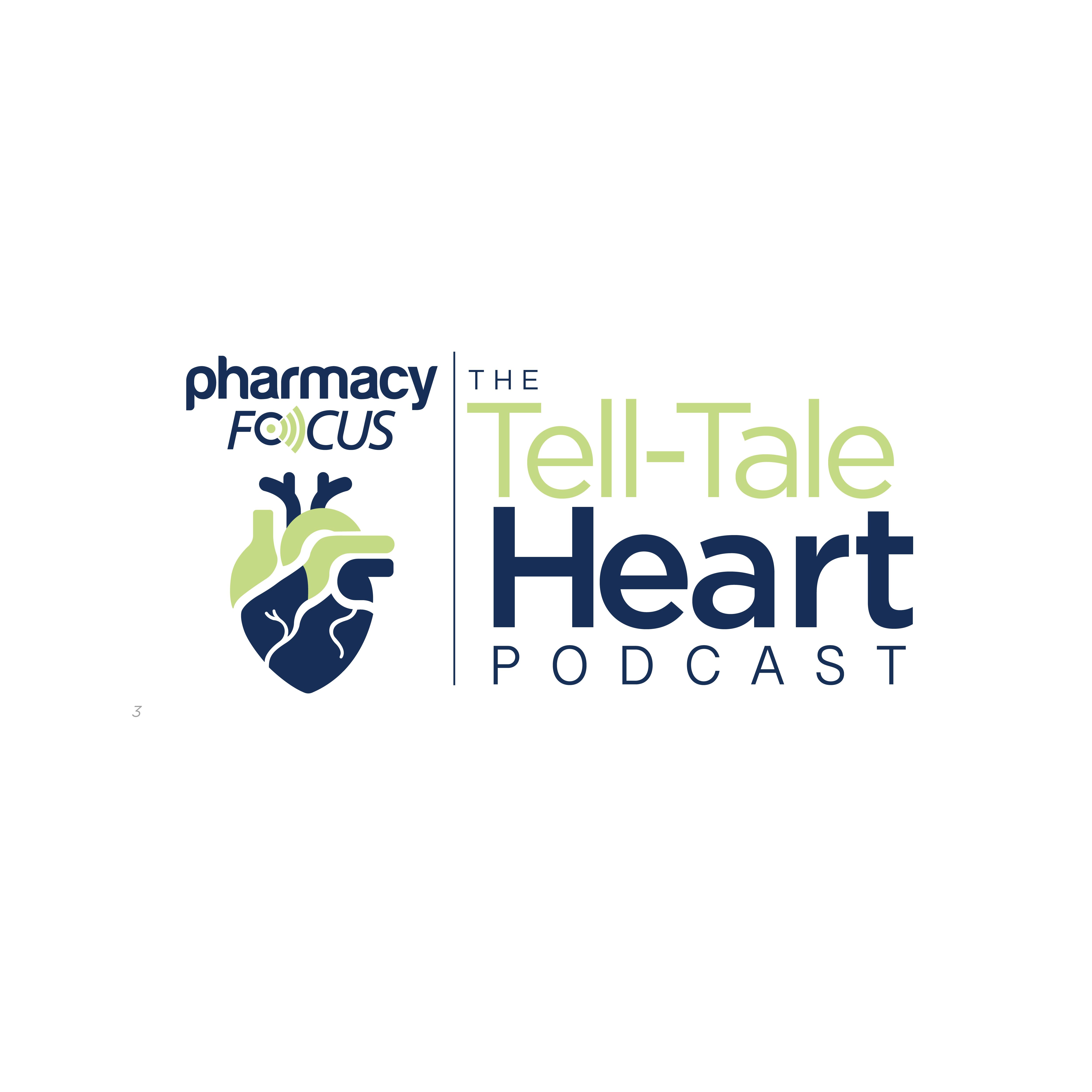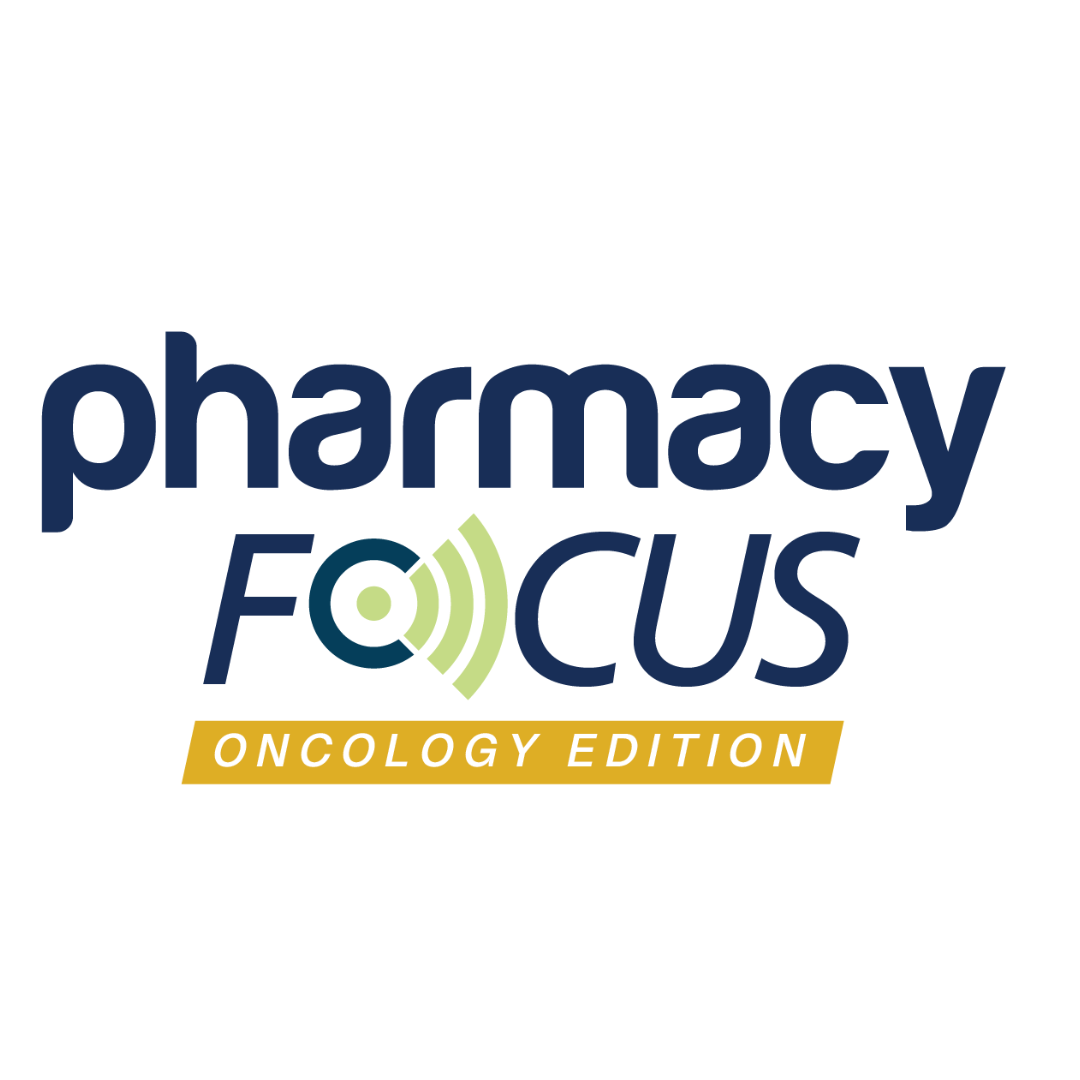The term gold bagging refers to when health system-owned specialty pharmacies (HSSPs) dispense and then deliver medication to a clinic, hospital suite, or provider office for administration to a patient. It is recognized as the gold standard for patient care because it consistently delivers a better outcome and experience for patients while also lowering costs.1
Bagging refers to the packaging of a dispensed drug and how it is delivered to the care setting for administration to a patient. Other related terms include the following1:
- Clear bagging has historically been the descriptor. This is the term that gold bagging replaces.
- White bagging is when the medication from a pharmacy, typically an outside specialty pharmacy, is shipped directly to and administered at the hospital, physician’s office, or clinic.
- Brown-bagging is when a patient acquires the medication through their pharmacy and brings it to a hospital to have the product prepared and administered on-site. This practice has been banned by most hospitals and health systems.
As a patient-centric and best-practice approach, gold bagging reflects the integration of the expertise of system pharmacists and is a holistic approach to drug administration that prioritizes safety, efficiency, and accuracy. It exemplifies the health system-owned specialty pharmacy commitment to advancing pharmacy practice and enhancing the patient experience and outcome.
Going Above and Beyond
When preparing a product for a patient, the HSSP takes value-added steps that would not occur if the product were simply shipped from an outside vendor or supplier. Most HSSPs have clinical pharmacists who can access patient electronic medical records (EMRs), something outside companies cannot do. The HSSP clinical pharmacist knows that the patient’s clinician is also accessing the EMR, where they will see the patient’s appointments, laboratory values, medication lists, and other important information. In this way, HSSP pharmacists continually communicate with clinicians face-to-face and inside of the EMR to make sure that patient needs are met, and if they are not, HSSP pharmacists rectify that. This could include medication adherence counseling and monitoring of disease, laboratory values, and adverse effects. Essentially, gold bagging reflects a tremendous safety net for the patient and is best practice.
The gold in gold bagging draws attention to the extra value added from HSSP staff being integrated into patient care. For example, HSSPs in western Massachusetts are taking care of their community with local and regionalized care. It’s not a product that’s coming from Dallas or from Fort Lauderdale; it’s a product that’s purchased by the health system and enhanced with robust clinical pharmacy services. The HSSP double-checks it, and they control the delivery, the preparation, the lab monitoring, and so on. The supply chain is controlled from start to finish locally. And if the drug is to be infused in one of their infusion suites, they’re the ones doing the sterile mixing, the labeling, and talking with the nursing staff about how to administer it. These are all essential, high-value elements of the workflows that would not necessarily happen with a product coming from an outside source.
More Than Clinical Outcomes
Health systems are increasingly being held accountable for the entire patient experience as well as for the patient outcome. The Health System-Owned Specialty Pharmacy Alliance recently published a white paper that, among other things, compares the net promoter scores (NPS) of integrated HSSPs with those of other specialty pharmacies. The other specialty pharmacies have an overall NPS of 59, some a lot lower, whereas the HSSPs typically score in the 80s, indicating excellent customer satisfaction.2 This is the result of the face-to-face communications between clinicians, patients, and caregivers; genuine human connections with commitments to follow through; and a true high-touch, white-glove service throughout each patient interaction.
About the Author
Gary Kerr, PharmD, is president emeritus of the Health System Owned Specialty Pharmacy (HOSP) Alliance and former chief pharmacy officer of Baystate Health. He graduated from the Massachusetts College of Pharmacy and Health Sciences with his Doctor of Pharmacy degree.
Reducing waste is another benefit of the HSSP model. Because they can work within the EMR, HSSPs can see and communicate things that are happening in real time, something that a long-distance, third-party drug channel cannot or does not do. HSSP pharmacists can be in the EMR looking at laboratory values and progress notes from physicians and make an informed decision, such as not dispensing a $15,000 drug to somebody who clearly has an infection, has an issue with their red blood cell count, or has been missing appointments. But another supplier could ship this drug, and once it leaves their loading dock, not much can be done to return it. HSSPs can manage dosing or regimen changes in real time and can manage the yes or no decision at the point the patient is to be treated, a dramatic efficiency and outcome gain.
Ultimately, the gold bagging reflects this optimization of every step of the patient journey, and that is what drives and informs everything HSSPs do.
Reference








